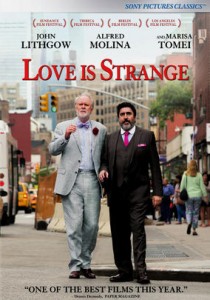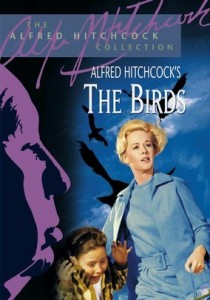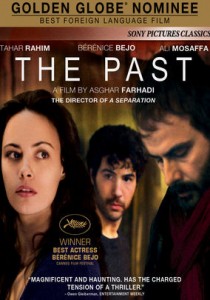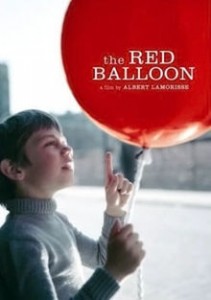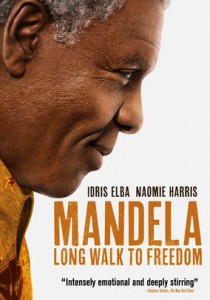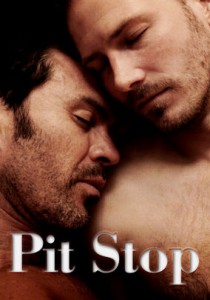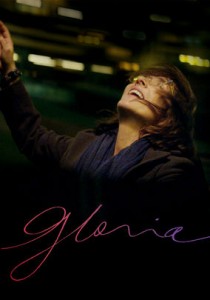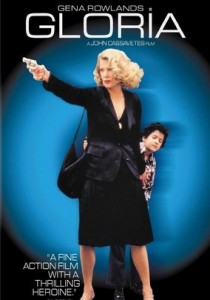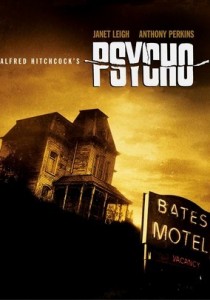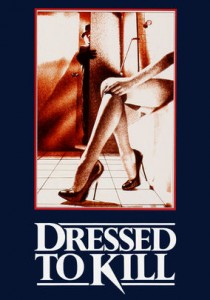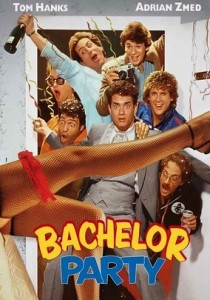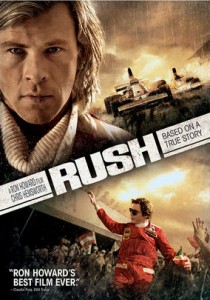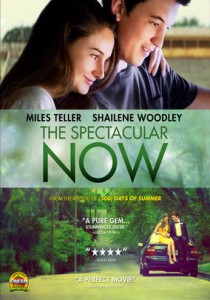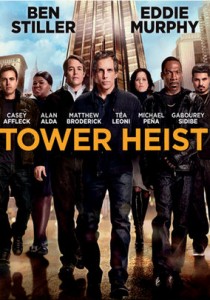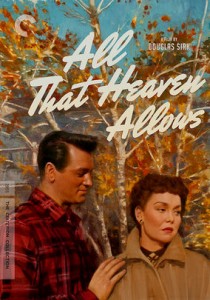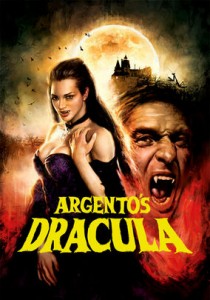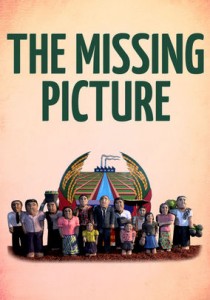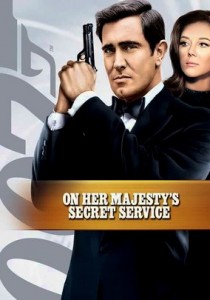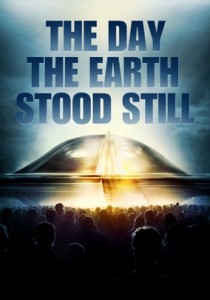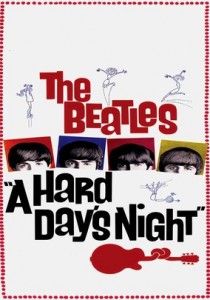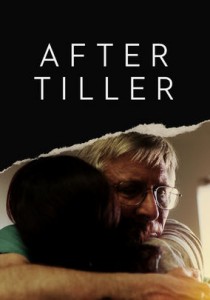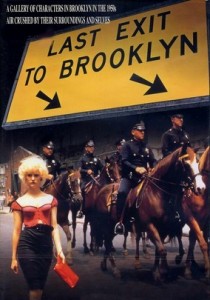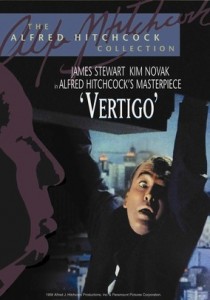Love Is Strange-2014
Director-Ira Sachs
Starring-John Lithgow, Alfred Molina
Scott’s Review #174
Reviewed September 24, 2014
Grade: B
Love Is Strange is sweet, though not nauseatingly sentimental, look at many different types of relationships, but at the forefront is the same sex couple, Ben and George, played by John Lithgow and Alfred Molina respectively.
They are a successful New York City couple of a certain age, who have been together for nearly 30 years and finally legally wed in a low-key ceremony surrounded by friends and family members.
George teaches music at a strict Catholic high school where the students and staff know and love both him and his new husband. The bishop, however, is not supportive of his marriage and he is unceremoniously fired.
This causes Ben and George to become homeless and rely on family and friends for a roof over their heads.
The film features several secondary character relationships- Ben’s nephew and his wife balance busy careers with a temperamental, rebellious, confused son; Ben’s niece from Poughkeepsie seems neurotic.
Neighbors who are gay police couples have loud parties seemingly every night. Marisa Tomei, who plays Ben’s niece by marriage, Kate, and Charlie Tahan as Joey, Ben’s great-nephew are probably the most prominently featured of the supporting cast.
Kate, while well-meaning and accommodating, oftentimes bottles her anger and comforts herself with nightly consumption of red wine. Joey lashes out at his great Uncle in frustration criticizing his artwork and scolding him for using his teen friend in a portrait, a friend whose sexuality is unclear.
Most of the other characters are not fleshed out well and simply are there to move the plot along. This is slightly disappointing. I would have preferred a bit more backstory regarding the rest of the cast.
Throughout the film, a few clues are dropped surrounding Joey and his friend’s sexuality, but never pursued further than on the surface. I was curious about the cop’s back story. How long have they been together? Do they face conflict at work? Numerous scenes show both cops in uniform while running errands or visiting the hospital, which seems to be the film’s desire to emphasize that cops can be masculine and gay- a fact I love, yet the characters are only one dimensional.
Why is Ben’s niece neurotic? This is also not pursued at all.
The film belongs to Lithgow and Molina. The two of them have such effortless, natural chemistry that the audience instantly believes they have been together for decades- the fact that Lithgow and Molina are lifelong friends in real-life surely adds to the realism and naturalness.
Ben is the yin to George’s yang. The performances of Lithgow and Molina are so understated and calming that one might overlook how excellent they are since they are both low-key characters.
At its heart Love Is Strange is a film about strength, courage, loyalty, and perseverance through life’s challenges.
It is a sensitive and lovely film.
Independent Spirit Award Nominations: Best Feature, Best Male Lead-John Lithgow, Best Supporting Male-Alfred Molina, Best Screenplay
